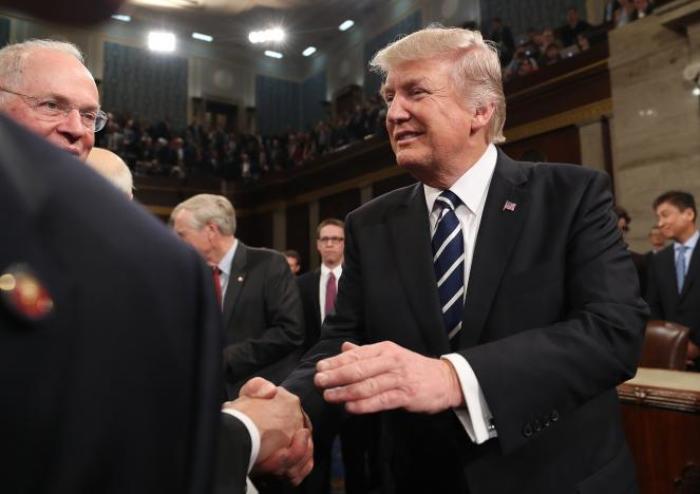Why Trump and Congress Should Increase the Child Tax Credit

"People don't care what you know until they know that you care." – Jack Kemp
The 115th Congress has its hands full with a litany of issues including a continuing budget resolution, defense authorization, hurricane recovery, flood insurance, children's health insurance, and DACA.
However, in order to do what the American people entrusted them to do, and to gain their trust, Congressional Republicans and President Trump must get the economy moving forward again by enacting long-term tax relief for American families.
Congressional Republicans must prove to the American middle class that they can govern and have their best interests at heart by reforming the federal tax code in a manner that allows them climb the ladder of opportunity and to better provide for their families.
Middle class tax relief was a cornerstone of President Trump's campaign last Fall, and now that promise has forced Congress to focus on ways to cut taxes for middle class families with children and away from focusing efforts on capital gains and inheritance taxes.
The best way for Congress and the Trump administration to effectively relieve the tax burden and to get the economy growing again for middle-class American families is through expansion of the $1,000 per child tax credit.
President Trump and first daughter Ivanka Trump are actively working alongside Senators Marco Rubio and Mike Lee, and pro-family organizations, to ensure that an increase in the child tax credit is included in tax reform legislation this year.
The faith community was instrumental in helping pass the original child tax credit into law in the mid-1990's and increasing the credit to $1,000 per child in 2001 under President George W. Bush. This small change in public policy has proven to be one of the most successful anti-poverty programs in U.S history. In 2011, the last year for which we have data available, there were 9 million people lifted out of poverty.
However, the current $1,000-per child credit is inadequate and inaccessible to some families, and inflation has cut into the household impact of the current rate by roughly 30 percent, lending it ineffective in insuring that the most basic needs of raising children are met.
The faith community has once again sprung into action and are leading the charge with the White House and Congressional Republicans to increase the child family tax credit to $3,000 per child, and index the Child Tax Credit to inflation to keep up with rising child care costs and provide real relief for parents who are finding it harder and harder to provide for their families.
The rising cost of child care, the collapse of the housing market, along with stagnant wages, and the need for two parent incomes, are making it increasingly difficult for poor and middle-class parents to properly clothe, feed, and educate their children.
Thankfully, Congressional Republicans outlined in their Unified Framework For Fixing Our Broken Tax Code, a provision that will not only maintain the child tax credit provisions enacted in 2001, but will also create a new child tax credit of at least $2,500 per child.
Currently, parents not only pay payroll taxes at a rate that drastically cuts into their ability to care for their children, but through Social Security and Medicare taxes, they are also burdening the same children that they are paying to raise right now, and down the line, their own grandchildren, systematically creating a tax penalty handed down through generations.
The announced framework is the best hope for and best avenue for real middle-class tax relief and the time has come for Congress to modernize and strengthen the child tax credit so that it is properly adjusted for inflation and therefore more effective in allowing parents to invest in their children.
Parents know better than Washington bureaucrats how to provide for their families and how to spend their hard earned money. Strong families are the cornerstone of our society and expanding the child tax credit for working families will allow parents more choices in caring for their children's needs.





























